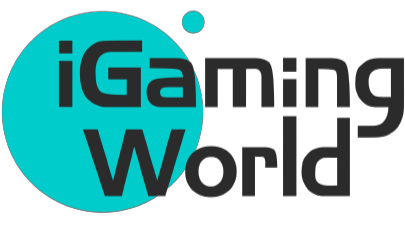About Us

On iGamingWorld, we provide in-depth analysis, the latest news and opinions from famous people of the gaming industry.
Newsletter
©2023 – iGamingWorld

On iGamingWorld, we provide in-depth analysis, the latest news and opinions from famous people of the gaming industry.